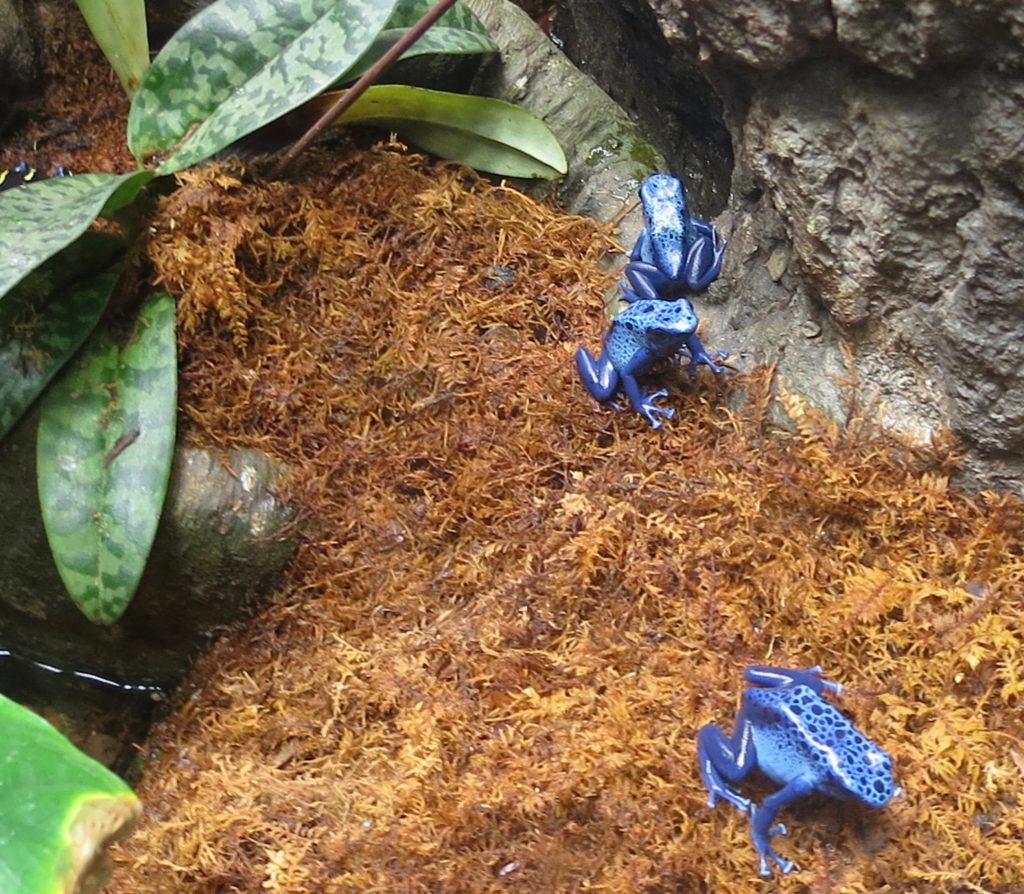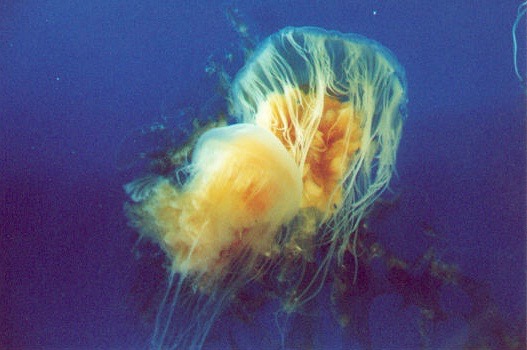KN, p. 225 “Is that poison in your tea?”
If there are no paragraph separations in this article, please double-click on the title to create a more readable version.
Our local TV station provider has one channel dedicated to movies from the late 1940s, 50s and 60s – mostly westerns and mysteries. Last week, a screening of “Arsenic and Old Lace” was in the listing, so we grabbed some snacks and settled in for an evening of murder most nefarious, with a side of laughter.
After discovering a body in his aunts’ house, the sweet little old ladies reveal to their nephew (played by the horrified Cary Grant) that they had spiked their dead guest’s elderberry wine with arsenic, strychnine, and a “just a pinch of cyanide.” And there are more bodies in the cellar.
“Arsenic and Old Lace” was a hit on Broadway in the early 1940s before making it to the big screen, where it became a success as well.
There are several other popular movies that have featured poison as a method of dispatching the victims, but instead of the tried and true ASC (arsenic, strychnine, and cyanide) combo, employ poisonous mushrooms. The victims eat their way to nausea, gastric distress, and death, instead of drinking a ‘lovely’ cup of ‘tea.’
1971’s “The Beguiled” (remake 2017): Confederate soldier takes refuge at a girl’s school, but when he betrays two of the women, he is fed toxic mushrooms.
2017’s “Phantom Thread”: dress designer falls in love with the wrong woman. She makes him toxic mushroom tea, nurses him back to health, and when he doesn’t do what she expects, cooks him a mushroom infused meal. He remains sick enough for her to control him.
Important dating rule to remember: if your girlfriend cooks for you, always treat her well.
Mushroom poisoning symptoms range from the less severe upset stomach to renal failure and death, which may take days. It all depends on which mushroom is chosen for the deed. Agatha Christie had her favorite chemical poisons in her books and selected them according to whether or not the poison was readily available to the criminal and how much time was needed for the bad guy to get away. Read “What poisons were in Agatha Christie’s books?” here.
All poisonous mushrooms cause vomiting and abdominal pain. Testing and experience has shown that mushrooms causing symptoms within two hours are less dangerous than those that cause symptoms after six hours.
Other movies with poisons in the forefront:
In 1949’s “D.O.A.” (remake 1988): a man, lethally poisoned, rushes around trying to find out who poisoned him and why.
“The Young Poisoner’s Handbook” (1995) was based on a real case. The “Teacup Murderer” kills two of his co-workers by poisoning their tea with thallium, a highly toxic ingredient used at the camera factory where he works. He continues to select and at least sicken targeted people until new cups are put in place, confusing his plan.
I mentioned “White Oleander,” a movie from 2002, in Kerrian’s Notebook, Volume 2: Fun, Facts and a Few Dead Bodies. Oleanders grow all over the southern United States, so it’s a really good idea to stay on great terms with that neighbor with the oleander hedges. Don’t bug her about returning the weed whacker. Seriously.
Photo credits: taken by Patti Phillips in Cameron, NC.
KN, p. 225 “Is that poison in your tea?” Read More »






